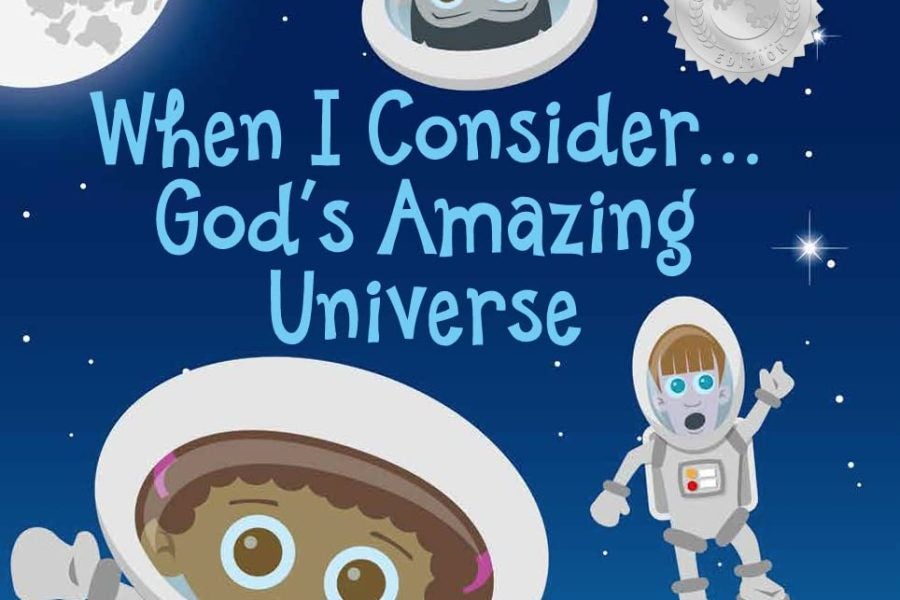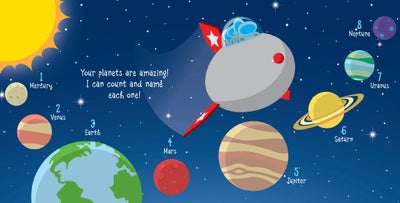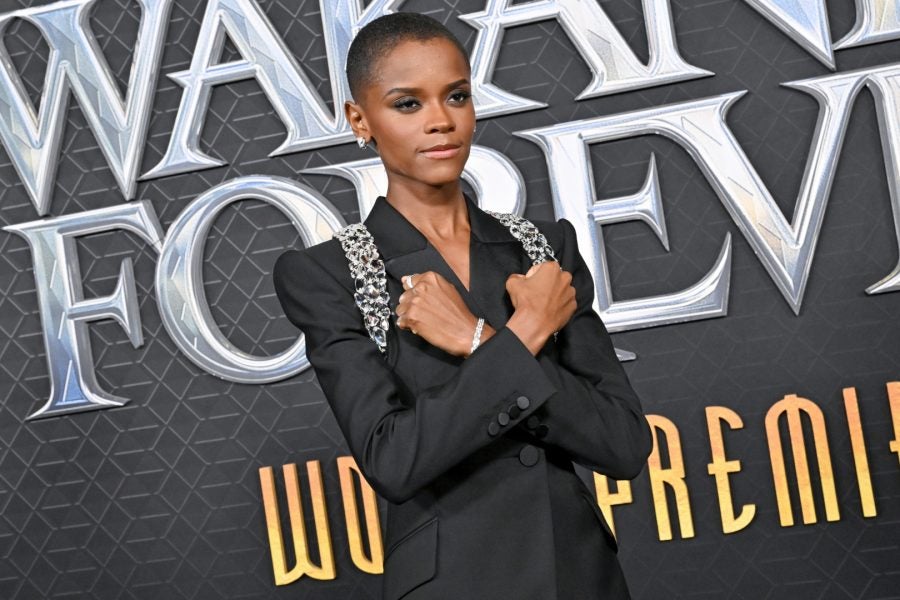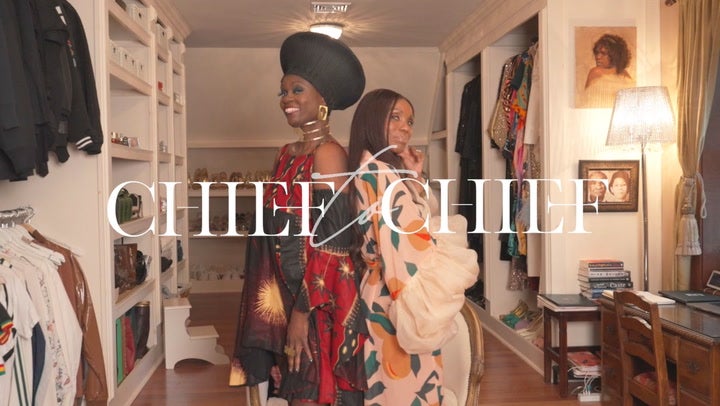
Space is no longer the final frontier as many of earth’s biggest billionaires have begun a race to colonize the known and unknown reaches of our galaxy. And yet, while the news continues to report on how the 1% are making commercial space travel a reality, Wanda Harding—with her feet firmly on the ground—contends that she is the real bridge from earth to space.
A former senior mission manager for NASA, Ms. Harding has over 20 years in the field of aerospace and includes systems engineering (as part of the International Space Station program team) and providing a “go” for the launch of the Mars Curiosity Rover, which landed in 2012, in her long list of accolades.
Prior to her technical positions with the science elite, the Atlanta, Georgia native—and graduate of the Benjamin E. Mays High School Academy of Science and Mathematics—she held a one-year teaching assignment at Spelman College due to NASA Administrator’s Fellowship Program, which blossomed a lifelong love with education and teaching the next generation.
It is that level of consistency and dedication that enabled Ms. Harding to launch a career as the author behind “When I Consider… God’s Amazing Universe.” The book, available on Amazon and WandaHarding.com, encourages young people to “explore the wonders of space from a biblical perspective.”
As living history, Ms. Harding was excited to speak with ESSENCE on the 10-year anniversary of the historic space exploration to talk about what that moment meant to her, how the late Nichelle Nichols impacted her, and why the Creator’s message defines her journey as an educator and scientist.
ESSENCE: The Mars Curiosity landing was such a pivotal moment for mankind, as it proved that the area had the conditions to support microscopic life. As the senior mission manager behind the launch, what did that moment and role mean to you?
Wanda Harding: My team’s job was basically to get the rover safely off of planet Earth and set it on a course directly to Mars. One of the challenges that we endured was to ensure that we did not create an environment that would damage the rover or the spacecraft on its journey.
The second part was that we would align the rover in the right trajectory, so that they would not have to do any corrective maneuvers to guarantee the rover landing at the appropriate spot. As part of the crew that successfully landed the rover in August 2012, now 10 years later, it is still great to be a part of history.
ESSENCE: How do you look back at your time on the mission as one of the only Black women that were on the team?
Wanda Harding: That part hasn’t struck me except after sitting in the mission director center, which is where I was on the day of launch, and I begin to look back on everything. I realized there was one Black person in that room and one woman, which was me at the time, and it wasn’t something I thought about when going through the mission.
In hindsight, I say that when you’re part of a team or a mission, you’re coming to the table knowing you have something to offer and respect the teammates’ capabilities that you have. Ten years later, [being the only one in the room] should not be the case anymore. It’s cool to be first, but you always want to make sure that you’re not the only one.
I look back and I’m glad that they’re more African American mission managers now. That makes me feel good.
ESSENCE: How did the launch and landing help to usher in new aerospace exploration?
Wanda Harding: I think it’s a critical part of the journey when we’re talking about, ‘What’s next?’ Human expedition to Mars is what’s next on the table. When you think about it, Earth is the only place where we can go outside without having to wear a space suit, and so any journey we take, we need to know as much as we can about what we’ll experience once we get there. Even in the case of the Mars mission, it’s taking measurements on the radiation that would be experienced on the cruise from Earth to Mars, to understanding what natural resources are available to what we would need to bring with us, before launching into space.
Curiosity served as our proof of concept for Perseverance. Now that Perseverance is there, we have something that is learning about the Martian atmosphere, as well as roaming the terrain, and each step gets us closer to that next frontier. It’s exciting, especially now that I’m teaching science and mathematics to a new generation. In 20 years, they’ll be the ones leading these type of efforts, which I love because I get a chance to help influence those future leaders.
ESSENCE: Have you taught your STEM students anything to be mindful of when it comes to this current space race between SpaceX, NASA, and other companies who are trying to at least get people closer into being in an outer space?
Wanda Harding: I have pictures of space and everything. My emphasis has mostly been on helping them to develop teamwork and respecting what each individual can bring to the table. That’s really the way these missions operate. There are no solo acts and you can be extremely competent when it comes to technical content, but if you can’t work with other people [then] it’s kind of a lost cause.
I mostly emphasized the teamwork concept by providing some exposure to what I’ve done. But I really want to provide more exposure to share with them what’s ahead and what the possibilities are [when it comes to space travel].
ESSENCE: Speaking of the future, your own journey led you into the wonderful world of authorship. What was the inspiration and message that went into your debut book, “When I Consider…God’s Amazing Universe?”
Wanda Harding: One of the questions I received periodically while working with NASA was, ‘Do you still believe in God?’ With all of the discoveries and everything that I was exposed to, they wanted to know that, and my response was, ‘How can you not?’ Everything about [this life] is amazing. It’s almost to the point of intentional. I am extremely excited about the James Webb Space Telescope, because if we were all in awe at the Hubble Space Telescope images, the clarity from the James Webb Telescope is going to show how there has got to be a creator behind all of this.

The children’s book was one way I chose to answer that question. It’s intentionally designed for little ones because it is simple enough for you to make the connection between scripture and how it aligns with the universe. For the adults who are reading the book with their child, the hope is that in some way it serves to strengthen their own faith. As they make the connection that a God, who can put together an amazing universe, is the same one that can handle what issue or problem you have—I believe that the message remains the same.
This release is an anniversary edition, where I added a couple of things to the book. The purpose remains the same, I just am giving credit where credit is due [and] recognizing the one who created all of that is responsible for creating us all.
ESSENCE: Have your students had a chance to read the anniversary edition? If so, what was their feedback?
Wanda Harding: I haven’t brought the book into the classroom, but what I have found is that my students wondered aloud why did I leave NASA to come and teach? And when you’re trying to convince a teenager that you were doing something that you really wanted to do, they’ll Google it and come across the book [laughs], and ask if I wrote it. It is good to see how inquisitive they are.
To that end, I’ve had a chance to share the book with young children through vocation Bible school because I enjoy talking about the connection between God and STEM. Through those opportunities, I’m not limited to just the classroom when it comes to sharing the story or encouraging a growth in one’s faith. During an educator’s conference during the book’s first release in Florida, I was able to share at a teacher’s professional development session how one can create STEM lessons and tie it into one’s personal faith. I’m able to do that because of the way that I deliver it, and so I’m not limited to just one’s formal educational structure.
ESSENCE: That representation is so important, which segues into the last question for this interview, Wanda. The passing of Nichelle Nichols, who will forever be endeared to us as a groundbreaking actress and the Lt. Nyota Uhura, was felt by the Black and science-loving community. If any, what were some fond memories you had about her or “Star Trek” that made an impression on you as a science-based engineer?
Wanda Harding: One of the earliest books I remember was, “You Will Go To The Moon” [by Mae and Ira Freeman], and I was around five-years-old at the time. It centered this little white boy and his parents taking him to a space center. He got a chance to meet with astronauts and head to the space station in a rocket with them. As a five-year-old, studying this book, I was made painfully aware that there was nobody there that looked like me.
But then you had “Star Trek” and the late, great Nichelle Nichols. This beautiful Black woman who is sitting at this futuristic console, with this important position, and no one onboard is treating her like a servant or as the help. She’s a legitimate teammate and that made a significant impression on me. The mere fact that even NASA adopted her to serve as an ambassador to foster recruitment was enough to let you know how important she was to a whole generation. Even before “Hidden Figures” came out, Ebony Magazine had an article of Black Americans in the Air Force who were a part of kicking off the 1958 space race.
This is why I continue to go back to my network. I want kids to meet these people, to make contact with those in the field, and grow in confidence so when they’re ready to step into the industry, they’re not walking in blind and have access. Last year, I brought in some graduates to see my students. These people own their own architecture and engineering firms. The kids were able to see what is actually possible and talk directly to them. They didn’t need to hear it from me because they were able to see young people who looked like them, had their own things going on, and were doing quite well.
For me, it is all about helping them see the connection and how it goes from the classroom to doing it in real life. If this is the avenue that you want to take, then it is up to me to open the door so you can see yourself in that world and know what you’re working towards.
Kevin L. Clark is a screenwriter and digital media specialist, who works at the intersection of music, film, Black pop culture, and social justice. Follow him on @IAmKevitoClark







